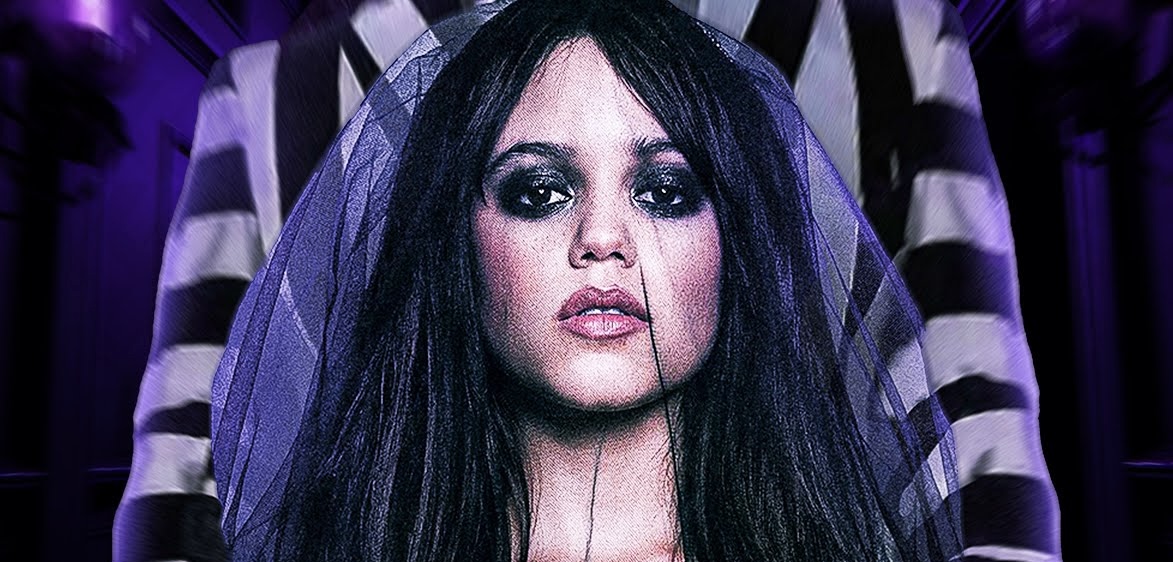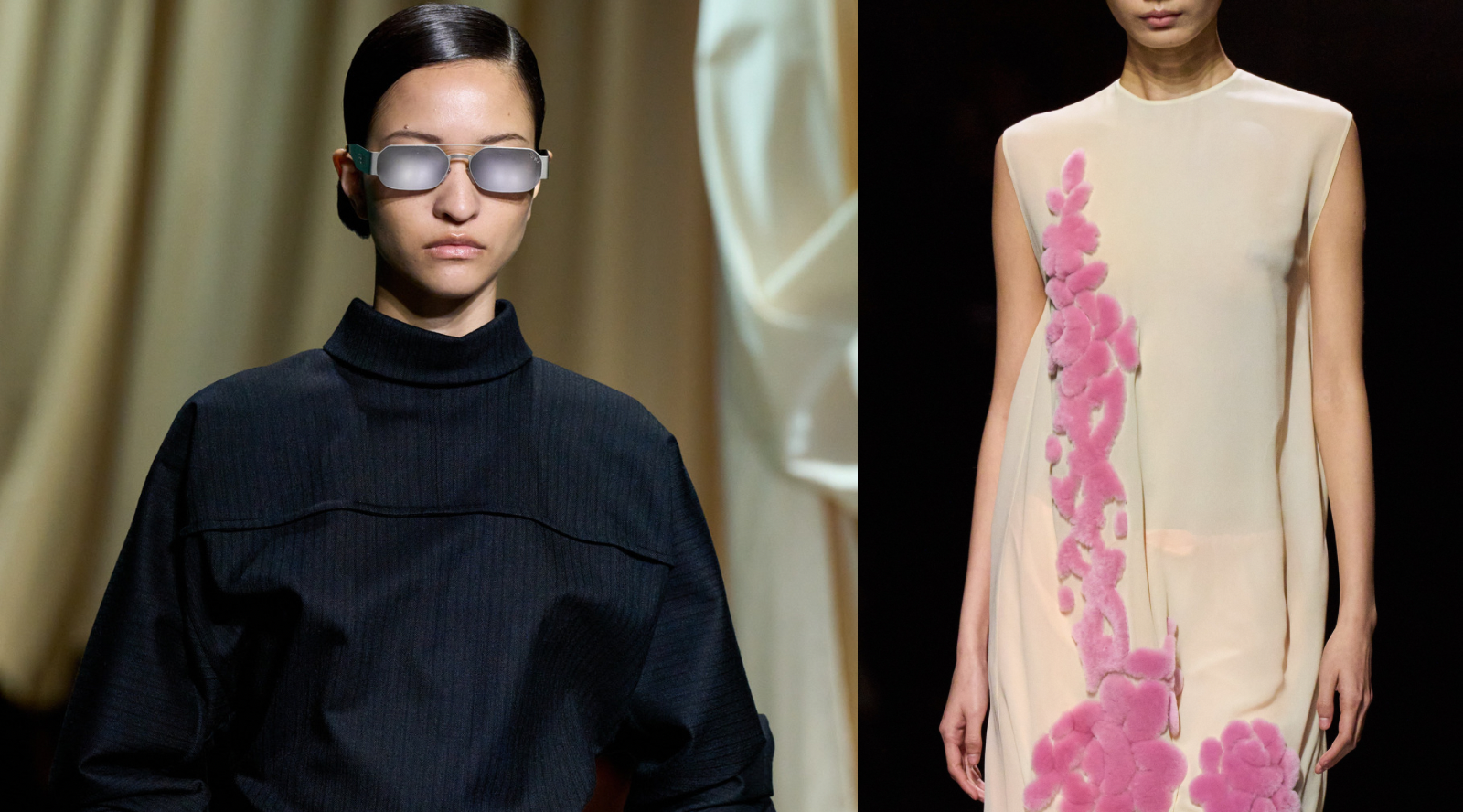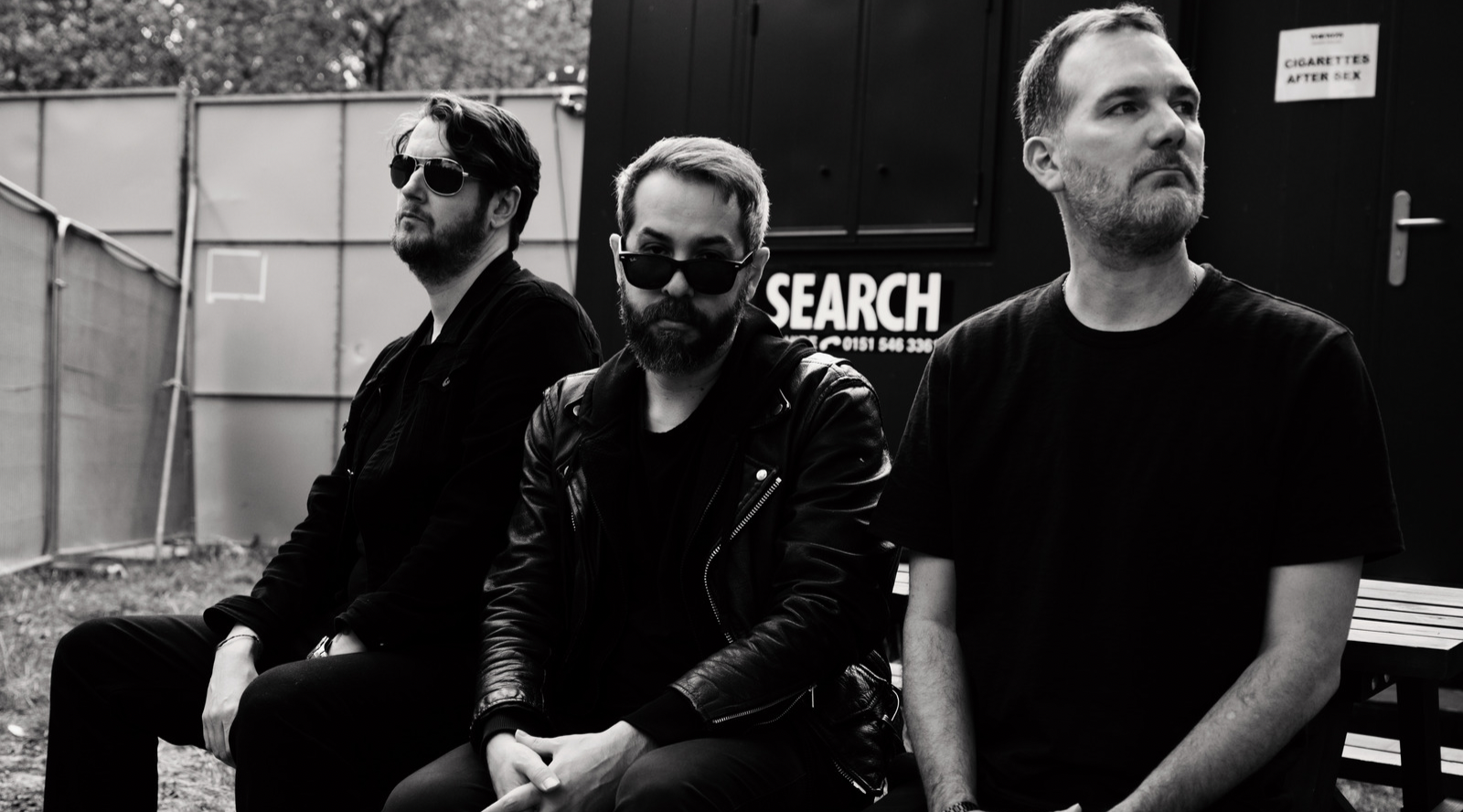Nearly three years after the first installment of the film saga based on Frank Herbert’s beloved sci-fi novels, “Dune: Part Two” finally sees Zendaya for more than seven minutes of screentime. From the amount of “wormriding” taking over both social media and movie theaters, Denis Villeneuve’s cinematic remake of “Dune: Part One” (2021) made moviegoers dust off their boots as they witness young Hollywood elites Timothée Chalamet (Wonka, Lady Bird), Zendaya (Euphoria, Spider-Man: Homecoming), Austin Butler (Elvis, Once Upon a Time… in Hollywood) and Florence Pugh (Midsommar, Don’t Worry Darling) battle for the desert-ridden planet Arrakis and its vital psychotropic substance, called “Spice,” on the must-see sequel.
Villeneuve did his homework. The Canadian filmmaker saw David Lynch’s 1984 rendition of the space opera and understood the book’s complex history with adaptations via Lynch clashing with producers over the film’s creative control and final cut, which was just over two hours long. Before that, director Alejandro Jodorowsky even failed to secure funds for an apt 14-hour film adaptation in the 1970s. Thankfully, Villeneuve had the budget due to his solid reputation in sci-fi cinema, highlighted by the Academy Award-winning film “Arrival” (2016), thus deciding that Herbert’s fiery fanbase needed a space odyssey done right.

Though “Part One” lacked the Marvel combat sequences oversaturating today’s cinema, Villeneuve ultimately made the right decision of segmenting Herbert’s dense multi-galactic empire into installments, and dedicating the premiere event to the protagonist’s backstory, the premonitory aristocrat-turned-leader Paul Atreides (Timothée Chalamet), ducal heir of House Atreides.
Following the Emperor-ordered exodus of House Atreides from their watery world of Caladan to oversee Spice production in the windswept world of Arrakis (known as “Dune”), Villeneuve masterfully waters the dry planet with political tension in “Part One.” The family’s warm welcome was all but a facade as Paul and his mother, Lady Jessica (Rebecca Ferguson), narrowly escape death after the hellish House Harkonnen launched a somewhat successful coup for control over Spice production, which killed Paul’s father, Duke Leto Atreides (Oscar Isacc). The pair’s desert escape led them to a Northern group of Fremen, Arrakis’s Indigenous people who somehow live within the seemingly inhospitable sandy terrain, which included the group’s leader Stilgard (Javier Bardem) and a mysterious woman named Chani (Zendaya).

For as much as “Part Two” doubles down on the much-anticipated barbaric and bloody violence between the Indigenous Fremen and House Harkonnen over the exploitative Spice production, Villeneuve perfectly cushions the adrenaline with the budding relationship between Paul and Fremen woman Chani with Paul embracing the Fremen way and becoming a Fedaykin warrior. Though it’s hard to find a pivotal scene where Chalamet and Zendaya aren’t ogling each other, the real-life best friends have undeniable on-screen chemistry.
And it’s not solely their gorgeousness gracing the big screen; it’s the ghastly white, “bad boy” militarian Harkonnen heir Feyd-Rautha (Austin Butler) and the barely-there Emperor’s daughter Princess Irulan (Florence Pugh) — who will have better development in future installments — all anchored by Villeneuve’s jaw-dropping cinematography, special effects, Rick Owens-esque costuming… everything. Where “Part One” is a boy-to-man slow-burner set in a dystopic future, “Part Two” is a full-on assault aimed at the destruction of House Harkonnen, poised with betrayal that’s just as impressive as Timothée Chalamet wielding a Kindjal sword.

Beyond the desire to murder House Harkonnen, Paul finds himself neck-deep in political and religious tension as the “Spice” continues to intensify his distorted visions of a holy war, which interferes with his mission of unifying the Northern and Southern Fremen to reclaim Arrakis. Though bumpy with unavoidable information (i.e., Princess Irulan’s diary entries documenting the whereabouts of Paul, Reverend Mother Gaius Helen Mohiam’s shady scheme for Irulan, and prophecies of foreign religions that describe Paul as “Maud’Dib”), Villeneuve leaves most of it in the beginning, promising a “smooth sailing” experience complete with orgasmic vistas of far-future realities, hearty dialogue from Zendaya, Fremen-Harkonnen showdowns, and one too many grandfather sandworms.
Villeneuve dares in “Part Two,” giving all parties ample voice, which creates a peculiar dynamic that rarely fits into sci-fi films: the “bad guys” don’t feel outrightly bad. Even with Lady Jessica undergoing the grueling ritual of becoming the new Reverend Mother of The Fremen, her prophetic “anti-hero” transformation is a small-scale betrayal in Arrakis’s sandy dunes. Despite his natural affiliation with the evil House Harkonnen, Austin Butler’s pouty lip and Elvis rasp hardly qualify as a “villain,” no matter how many blades hang from his hip. Even Baron Vladimir Harkonnen (Stellan Skarsgård) bathing in fresh, warm, innocent blood feels like everyday life in the desensitized Harkonnen empire. Instead, Villeneuve presents the “evil” as an omnipresent force, played out through Feyd-Rautha’s breathtaking black-and-white coronation as Arrakis’s new ruler, the “Spice Agony” both Lady Jessica and Paul experience when they consumed the mind-altering entheogen, and even the Fremen elders who initially question the loyalty of the Atreides.

Perhaps the omnipresent evil lives inside the sequel’s thunderous score, led by Hans Zimmer. While the grandstand production quenches even the driest parts of Dune in starry-eyed wonder, it simultaneously paints the House Harkonnen in the blackest blacks and Emperor Shaddam (Christopher Walken) in the deepest misfortune. Zimmer’s contribution isn’t singular and very much supersedes sound alone; if anything, Zimmer veers “Part Two” beyond intergalactic politics, climatic fights, and star-crossed love and towards a regularly-eclipsed world brimming with betrayals that amount to a death-defying holy war. If Villeneuve didn’t make “Part Two” a masterpiece already, Zimmer certainly takes it there.
Since sequels almost always underperform in any film series, “Part Two“ would traditionally be a tough sell following the critical acclaim of “Part One.” However, Herbert‘s iconic series is an iron-clad guide to success, which Villeneuve proudly decrypted in “Part One” and took even further in “Part Two.” And that’s a rare feat in and of itself.






















































